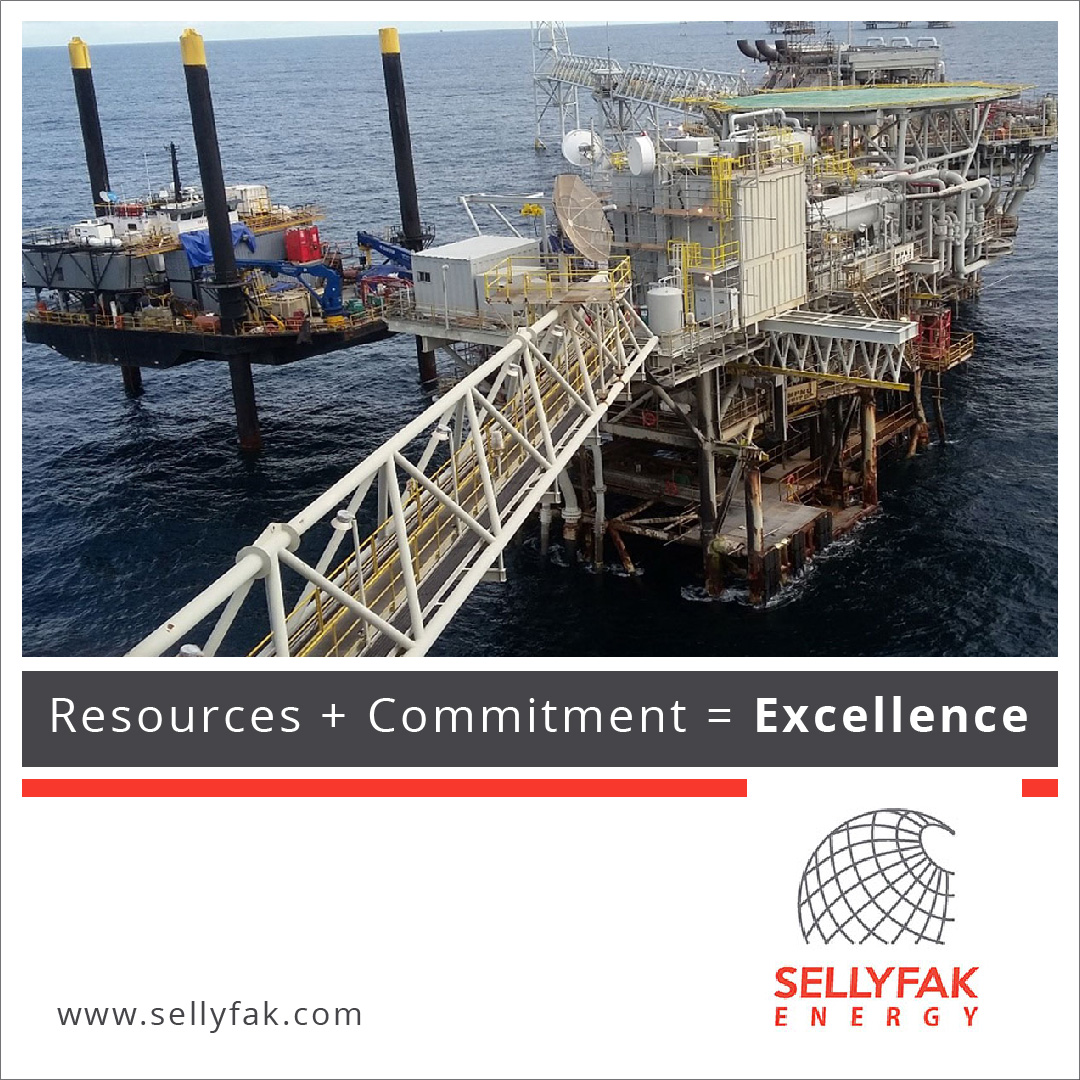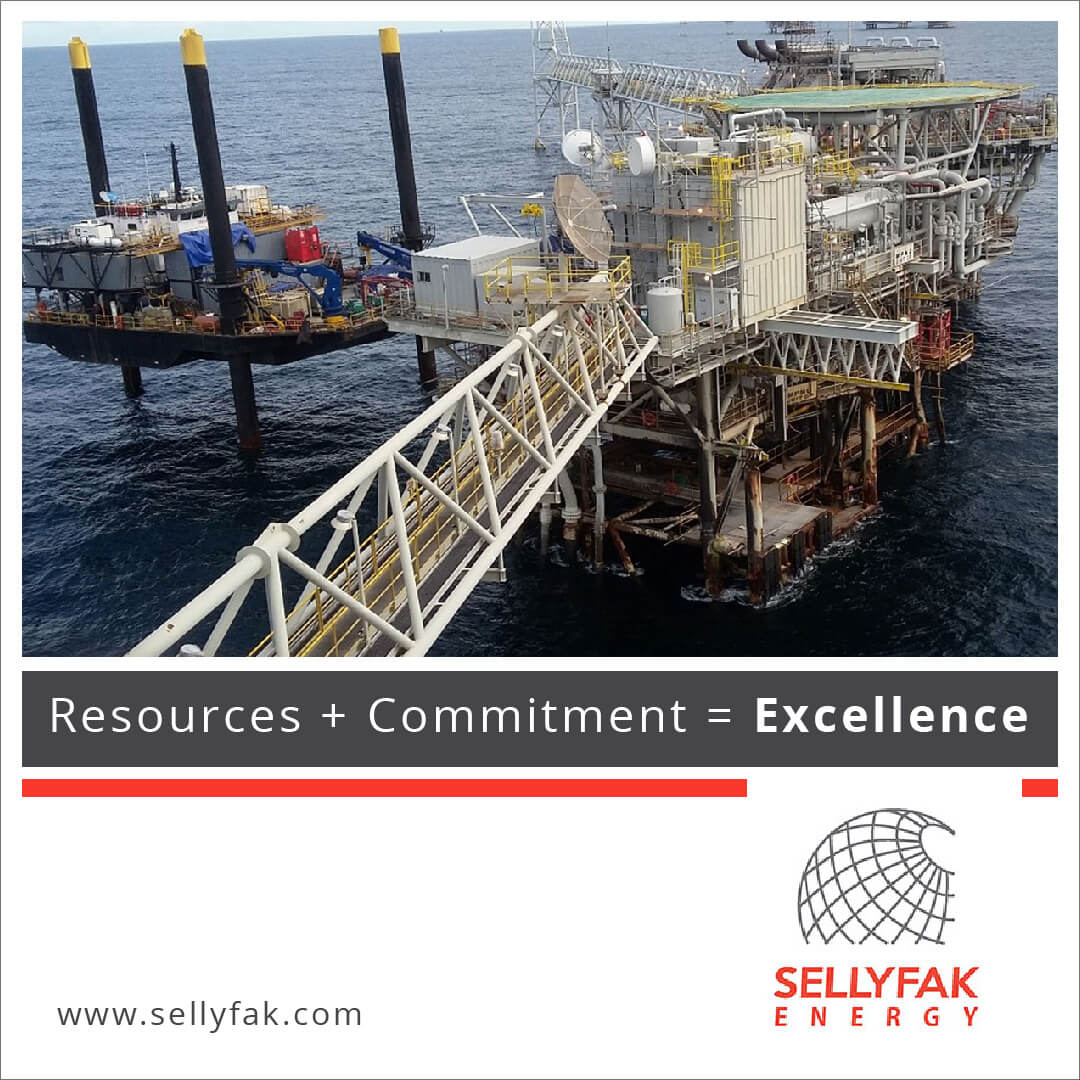A World Bank report has said Nigeria made significant progress in gas flare reduction even though it ranked 7th in gas flared volume globally in 2021.
According to one of the multilateral institution’s latest reports, titled: Global Gas Flaring Track Report, it stated that since its observations began 10 years ago, the country has in no small part due to the commissioning and startup of several major projects to recover and export associated gas, including associated gas processing and export via the Bonny liquefied natural gas plant, tried to arrest the situation.
It, however, stated that flaring intensity has increased as crude oil production has declined over the last 10 years. “The satellite data suggests that, while the largest flaring fields have been addressed, there remain many smaller, more disparate fields where flare elimination and gas utilization is more challenging. This issue is not unique to Nigeria and is likely to be experienced by many other oil-producing countries as they advance efforts to eliminate routine flaring.”
Nigeria’s flare volume versus oil production 1996 to 2021, demonstrating significant earlier progress to reduce flare volumes, the report stated.
The report also stated that Nigeria and nine other countries still maintain their lead as the highest contributor to global gas flaring.
“Progress to reduce gas flaring, the wasteful industry practice of burning natural gas during oil production, has stalled over the last decade.
“Our 2022 Global Gas Flaring Tracker Report shows that 144 billion cubic meters of gas were flared at upstream oil and gas facilities last year.”
The report stated that in 2021, the top 10 flaring countries (on an absolute volume basis) accounted for 75 percent of all gas flaring and 50 percent of global oil production. Seven of the top 10 flaring countries have held this position consistently for the last 10 years: Russia, Iraq, Iran, the United States, Venezuela, Algeria, and Nigeria. The remaining three; Mexico, Libya, and China, have shown significant flaring increases in recent years.
“When we consider flaring intensity, fragile, conflict-affected, and insecure countries, such as Venezuela, Syria, and Yemen are among the worst performers, flaring more gas per barrel of oil produced than any other country.
The intensity perspective also suggests there are opportunities to improve flaring performance in oil-producing countries such as Algeria, the Republic of the Congo, Gabon, and Turkmenistan. Considering again the top 10 flaring countries on a volume basis, Russia, Iraq, the United States, Nigeria, and Mexico have all committed to the World Bank’s Zero Routine Flaring by 2030 (ZRF) Initiative, which commits governments and companies to (a) not routinely flare gas in any new oil field development, and (b) to end routine flaring in existing oil fields as soon as possible and no later than 2030. However, over the past decade, only the United States has successfully improved the flaring intensity of its oil production
While global flare volumes have remained largely static over the last decade, the very significant reductions achieved by some countries are encouraging and set an example for others.
“Given the growing international focus on methane emissions and acknowledging the important role the oil and gas industry could play towards achieving climate goals, we call on governments and companies to increase their focus and accelerate their commitment to ending this wasteful industry practice by 2030. On technology: while technology and innovation have an important role to play, it is important to note that most flaring is not due to a lack of available technology; it is due to a lack of political will and leadership in developing appropriate markets and infrastructure to recover and utilize the gas
On regulation: effective regulation and strong enforcement are paramount; our Global Flaring and Venting Regulations: A Comparative Review of Policies study explores the many, and varied, policy mechanisms that can be leveraged to both penalize gas flaring and incentivize gas utilization. On methane: eliminating routine flaring can offer a double win i
On decarbonization: “The utilization of flared gas presents an opportunity to put a valuable, wasted energy source to beneficial use. Natural gas can help reduce the carbon intensity of the global energy mix, with the ability to replace coal and liquid fuels quickly, allowing time for the development and implementation of low and no carbon sources such as renewables and green hydrogen.”
On timing: “Infrastructure projects needed to connect flares to markets can take years to be developed and operational. If Zero Routine Flaring by 2030 is to be achieved, action must be swift and determined”
“Despite the 10-year plateau in flaring, we remain hopeful that significant progress on flaring can be made over the next few years, but this will require strong regulation and effective collaboration between the public and private organizations.”
























